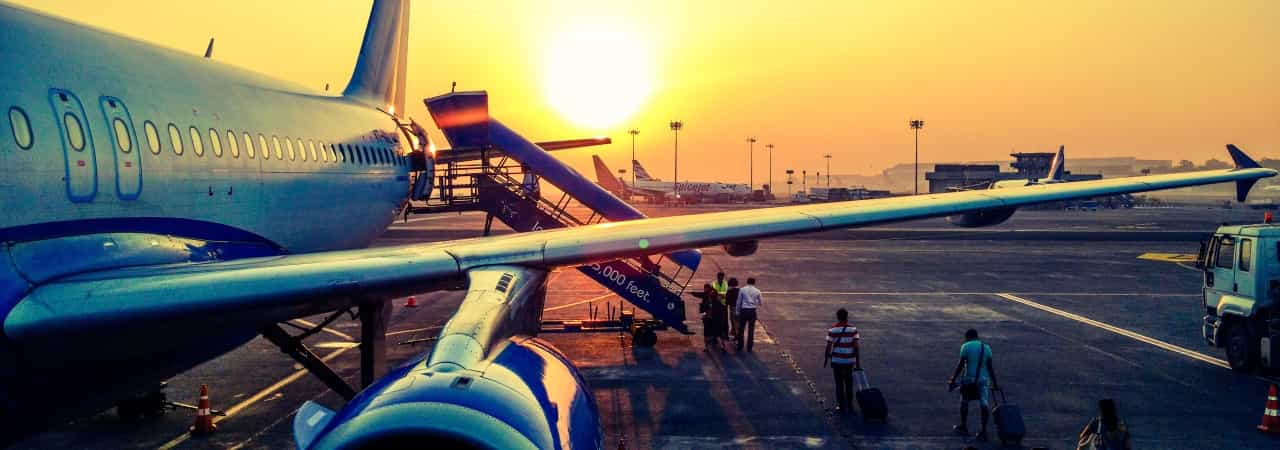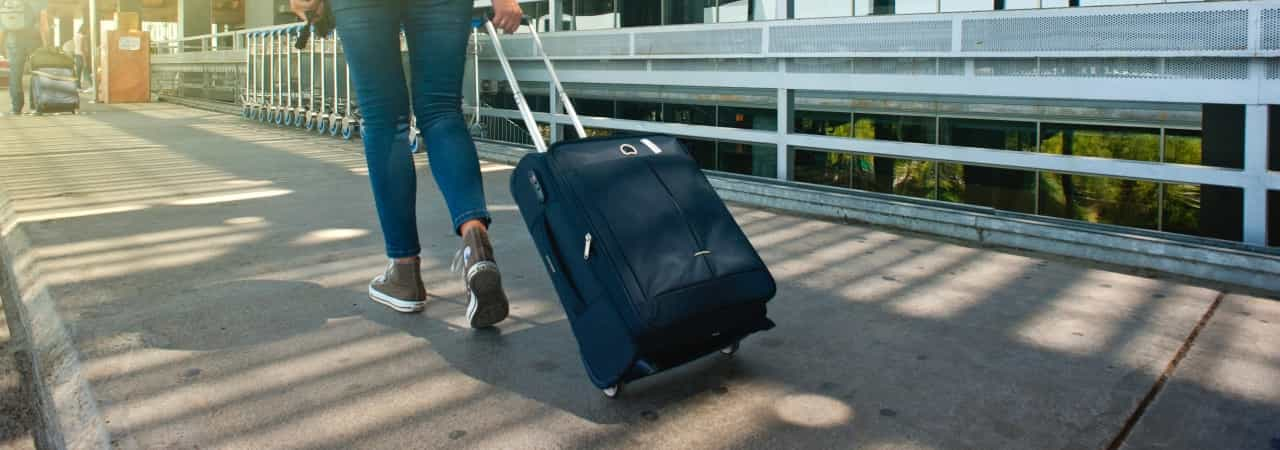IATA resolution 753 initiates RFID revolution in air traffic
With 290 airlines, IATA represents 83 percent of all airlines worldwide. The industry association has now set the goal of using a resolution to launch a nationwide, RFID-based tracking system for air baggage among its members in the shortest possible time. The association offers numerous advantages for airports, airlines and passengers.
In an interview with RFID & Wireless IoT Global, Andrew Price, Head of Global Baggage Operations at IATA, explains why the airline industry has set the goal of large-scale installation of RFID tags, what positive effects the global transition will have and what standards and hardware are required to meet the industry's roll-out targets.
Mr. Price, why has IATA decided to address the challenge of reducing misrouted baggage with RFID solutions now?
The airlines understand RFID quite well, having investigated the technology for different applications since 1991. The challenge at the moment is not baggage mishandling, which is at an all-time low of 5.53 bags per 1000 passengers – i.e. over 99.5 percent of all bags are delivered successfully with the passenger. The challenge today is tracking, and how to successfully automate the tracking of baggage.
RFID is well known and a good tracking technology, and in comparison with other possible technology choices is the only near-term cost-effective solution for tracking.
How will the RFID tracking process be implemented in the baggage handling process according to the IATA Resolution 753 on baggage tracking?
The industry is working on developing a global readiness plan for the proposed introduction of RFID inlays in all baggage tags manufactured after January 2020, in order to meet passenger expectations for real time baggage tracking. Once the baggage labels contain RFID inlays the bags can be identified at the four tracking points specified in Resolution 753.
The industry will need to be ready for this change: from airports needing to install reader infrastructure to suppliers being familiar with the IATA RFID standards.
What special technological demands have to be dealt with in the aviation environment when it comes to readers and tags? Where do technology companies still have to improve their products to meet these demands?
The big challenge in aviation is that it is a global industry. This means that we have a lot of suppliers, and so the quality of the products used can vary. Add to this the variability in spectrum use between countries, and it became apparent that an inlay performance standard was needed. This is now part of the IATA guidance for RFID.
For a roll-out of worldwide RFID tagging of baggage, it is not only the airlines that have to make investments. Which parties will need to implement which new technologies?
This is a good question, but the answer varies depending upon where the installations are performed. There is no single model of airport used by all airlines, so we cannot say “The airport must invest in this, and the ground handler in that”. This is why our first question to the industry in our recent survey was “What are your plans for RFID and where are you in the adoption process?” IATA will be working closely with the industry next year to help every airport and every airline understand what they need to do.
A roll-out of this scale requires huge investment with many parties getting involved. Though the reduction of baggage loss will generate benefits in the long run, not all parties may be able to invest these sums. How will IATA solve this problem, especially for small airlines and countries with developing economies?
The benefits go far beyond a reduction in mishandling, although a reduction is certainly expected. The benefits include better baggage management at the airport, a move to proactive baggage handling, better operational visibility for the airline, and an increase of efficiency. Where airlines face a challenge is in meeting the volumes of baggage labels needed to break into cost-effective price points, and here IATA may be able to assist with cooperative purchase programs, so that small airlines can still benefit from bulk discounts.
IATA is not a regulator or a police force. Our standards help airlines work together by setting common capabilities for all carriers. If a member cannot meet a standard today, we will work with them to meet it tomorrow.
How will the implementation of the RFID industry takes place?
Gradually! We hope that all airlines will start to purchase baggage label stock with RFID included after the Annual General Meeting (AGM) resolution is announced, but obviously we need airport infrastructure to make this work. We are currently creating the transition plan for the industry and will be announcing programs to assist in that process.
How far will the IATA set common standards for the implemented RFID technology, and to what extend will the individual members be free to choose solutions suitable for their company or institution?
IATA’s common standards are limited to the RFID type (Rain RFID) and the data that is encoded on the tag. We also set the standards for data sharing, and the format for baggage messaging. Which particular systems are purchased, how they are installed, and how they are used is a free choice for all the parties involved.
What is the timetable for the implementation? What milestones will IATA set?
The only milestone at the moment is for the AGM Resolution which is expected to be announced in June 2019. It would come into effect in January 2020, however we will be building a model for the transition to RFID and monitoring progress against that so that the industry is fully aware of how the transition progresses.





